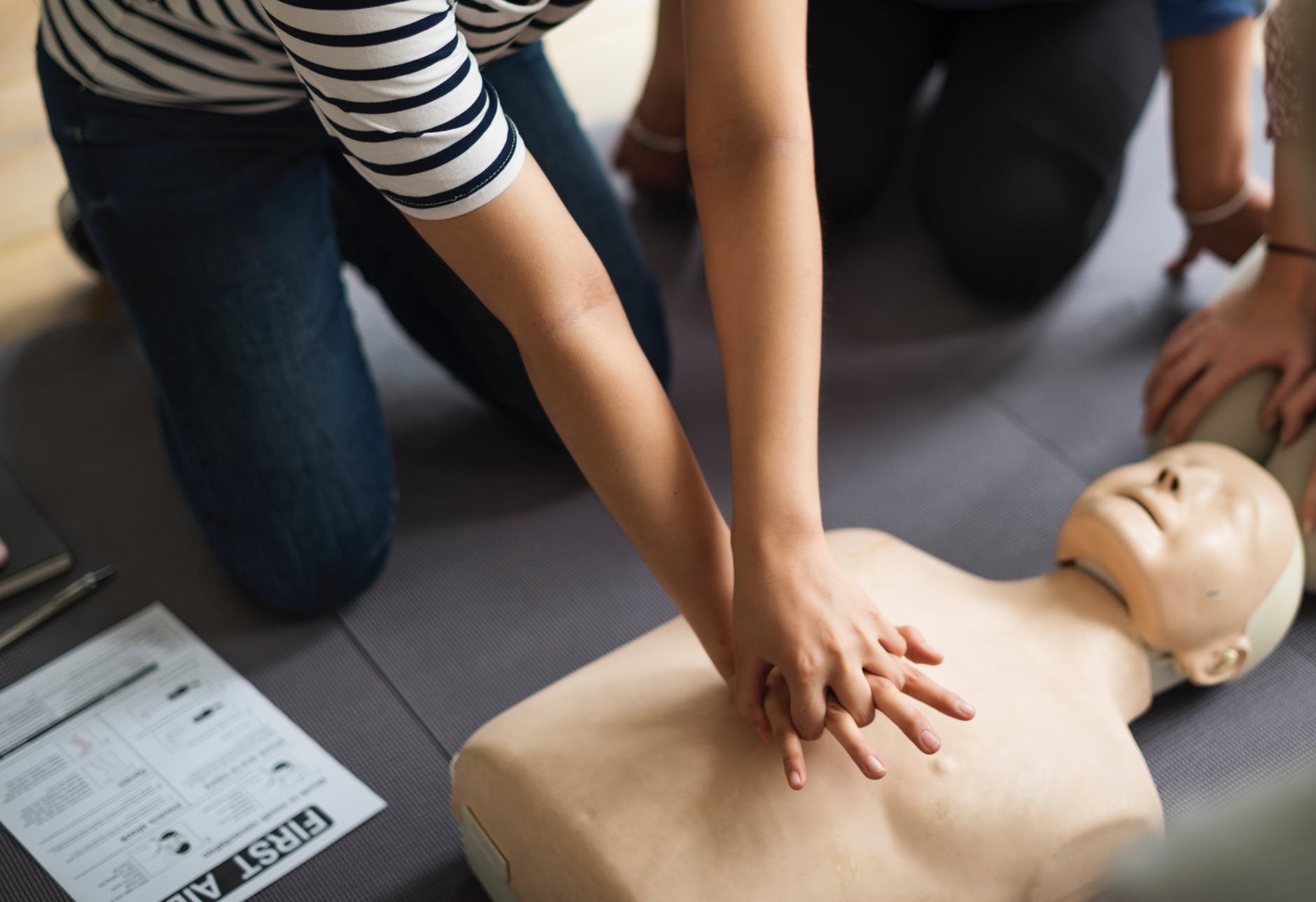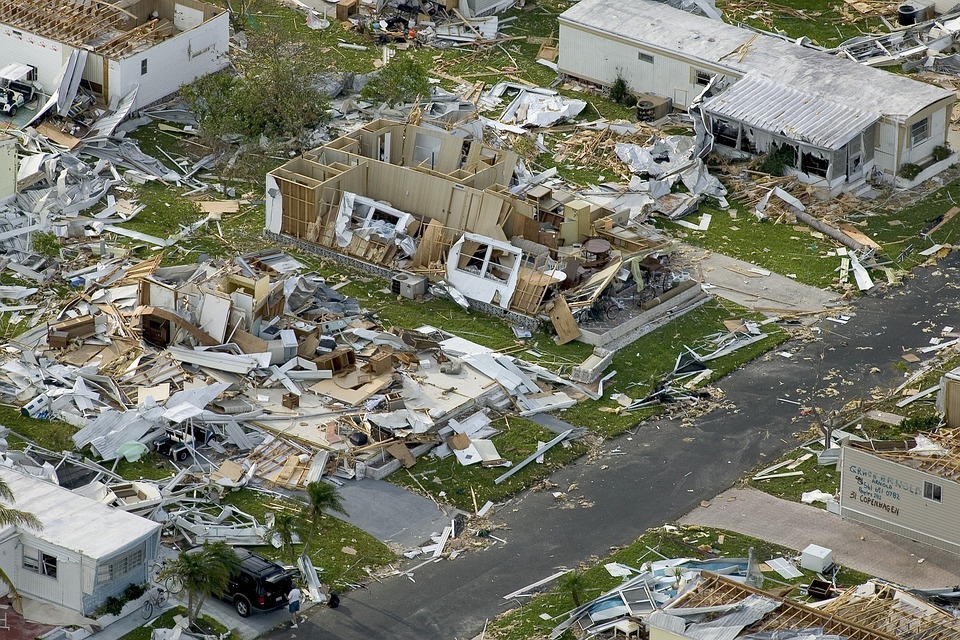Guide to the Types of Emergency Communication Devices: Essential Tools Explained
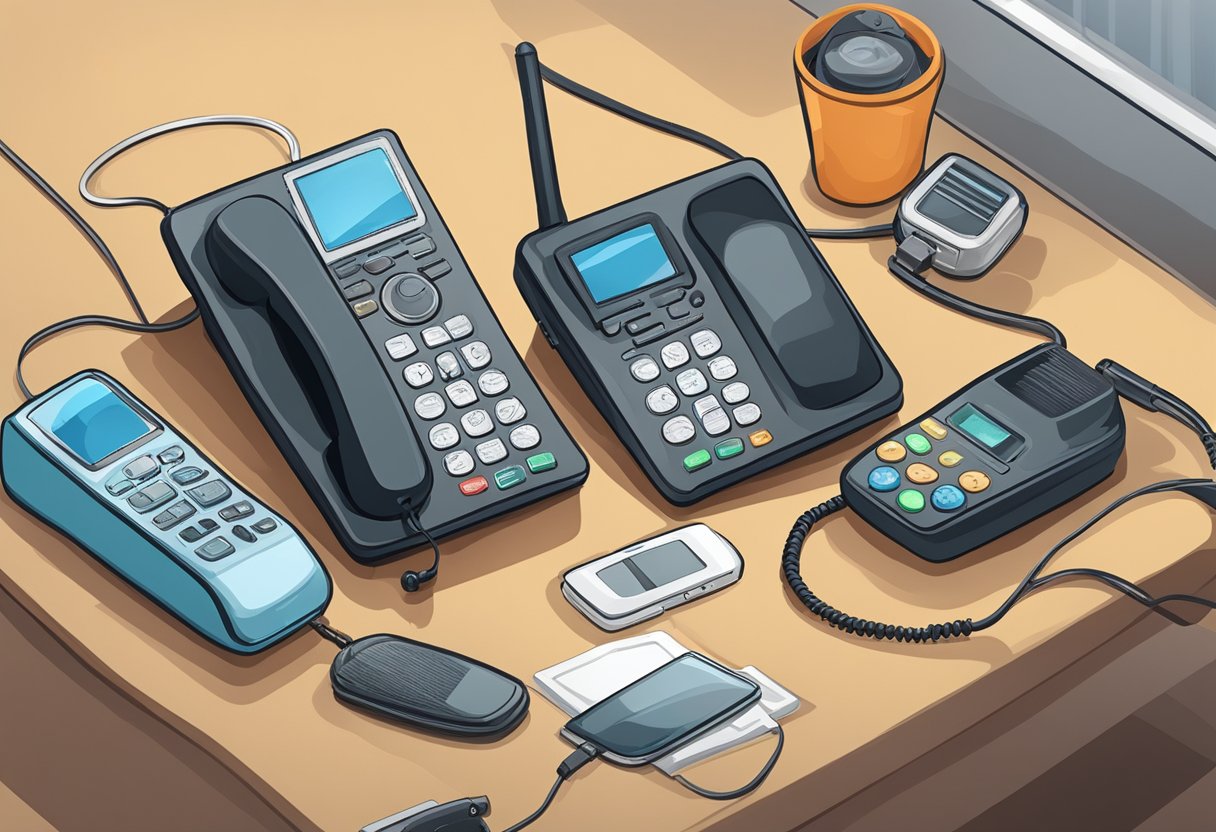
In times of crisis, the ability to communicate effectively can make all the difference. Choosing the right emergency communication devices ensures you stay connected when traditional means fail. With various options available, it's important to understand which ones best suit your needs and circumstances.
From satellite phones to emergency radios and two-way radios, each type of device offers unique advantages. For example, while a satellite phone can provide communication almost anywhere on the globe, an emergency radio can keep you informed of weather updates and official broadcasts.
Whether for natural disasters or unexpected emergencies, having a reliable communication tool can ease the stress of uncertain situations. This guide will explore the most effective devices and help you make an informed choice to keep you and your loved ones safe.
Understanding Emergency Communication
Emergency communication is essential for coordinating efforts during disasters and ensuring public safety. It involves various devices and methods to maintain reliable communication channels.
Defining Emergency Communication
Emergency communication refers to the methods and systems used to exchange information during emergencies. This can include natural disasters, political emergencies, or other critical situations where standard communication may be interrupted.
Key devices for emergency communication include:
- Two-way radios: Used by first responders for instant communication.
- Mobile phones: Essential for widespread public alerts.
- Public address systems: Used in public places for mass notifications.
- Satellite phones: Useful in areas where traditional networks are down.
Each device plays a crucial role depending on the specific needs and circumstances of the emergency.
Importance of Reliable Communication in Emergencies
Reliable communication is the backbone of effective emergency response. When disasters strike, clear and uninterrupted communication can save lives.
For example:
- First responders: Need reliable communication to coordinate rescue operations.
- Government agencies: Must communicate efficiently to issue warnings and manage resources.
- Public: Require timely and accurate information to make safe decisions.
Tools such as Emergency Alert Systems (EAS) and social media platforms can broadcast urgent messages widely and swiftly, ensuring critical information reaches everyone. Maintaining these communication lines is vital for minimizing chaos and enhancing response efficiency during emergencies.
Types of Emergency Communication Devices
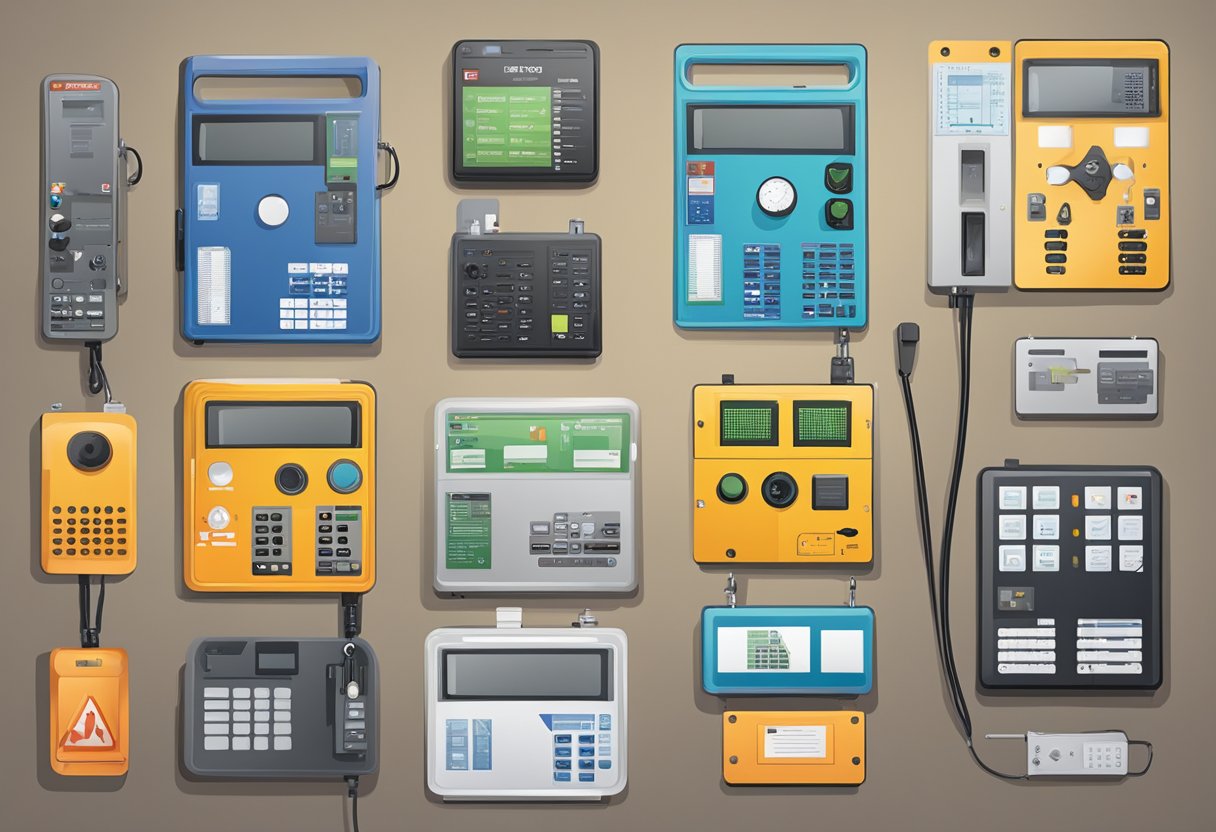
When disaster strikes, having the right communication device can make a critical difference in safety and coordination. Options range from traditional radios to advanced satellite communicators and personal locator beacons.
Radio-Based Devices
Radios are a cornerstone of emergency communication. Emergency radios provide vital updates during crises, such as severe weather alerts and news broadcasts. Two-way radios allow voice communication between parties, making them indispensable for coordination in emergency scenarios. They operate on specific frequencies and can be highly reliable when cell networks fail. Radios often come with added functionalities like flashlights, USB charging ports, and weather alerts, enhancing their practicality.
Cell Phones and Smart Devices
Cell phones and smartwatches are ubiquitous and very useful for emergency communication. Most people have these devices, which offer various communication forms, including voice calls, texts, and internet-based messaging. Emergency apps can turn smartphones into emergency beacons or provide alerts. The main drawbacks are dependence on cell towers and battery life. In extensive disasters where infrastructure is damaged, cell service can become unreliable.
Satellite Communicators
Satellite communicators provide a robust option for areas with no cellular coverage. They use satellites to send and receive messages. Examples include the Garmin inReach Mini 2 and the SPOT X. These devices can send SOS signals globally and track locations, making them invaluable for remote landscapes or during significant infrastructure failures. Some satellite communicators also offer weather updates and basic navigation features. The primary consideration is their higher cost and subscription fees.
Personal Locator Beacons (PLBs)
Personal Locator Beacons (PLBs) are used primarily for distress signaling. When activated, a PLB sends a signal to a satellite system, which then relays the distress message to local search and rescue teams. They are highly reliable and work almost anywhere on the globe. PLBs are particularly useful for hikers, boaters, and adventurers venturing into remote areas. Unlike satellite communicators, PLBs do not offer messaging services and are designed solely for emergency rescue. A key advantage is that no monthly subscription is required. Each type of device offers its strengths and has specific use cases, ensuring that there's an option suitable for various emergency scenarios.
Device Features for Effective Emergency Communication
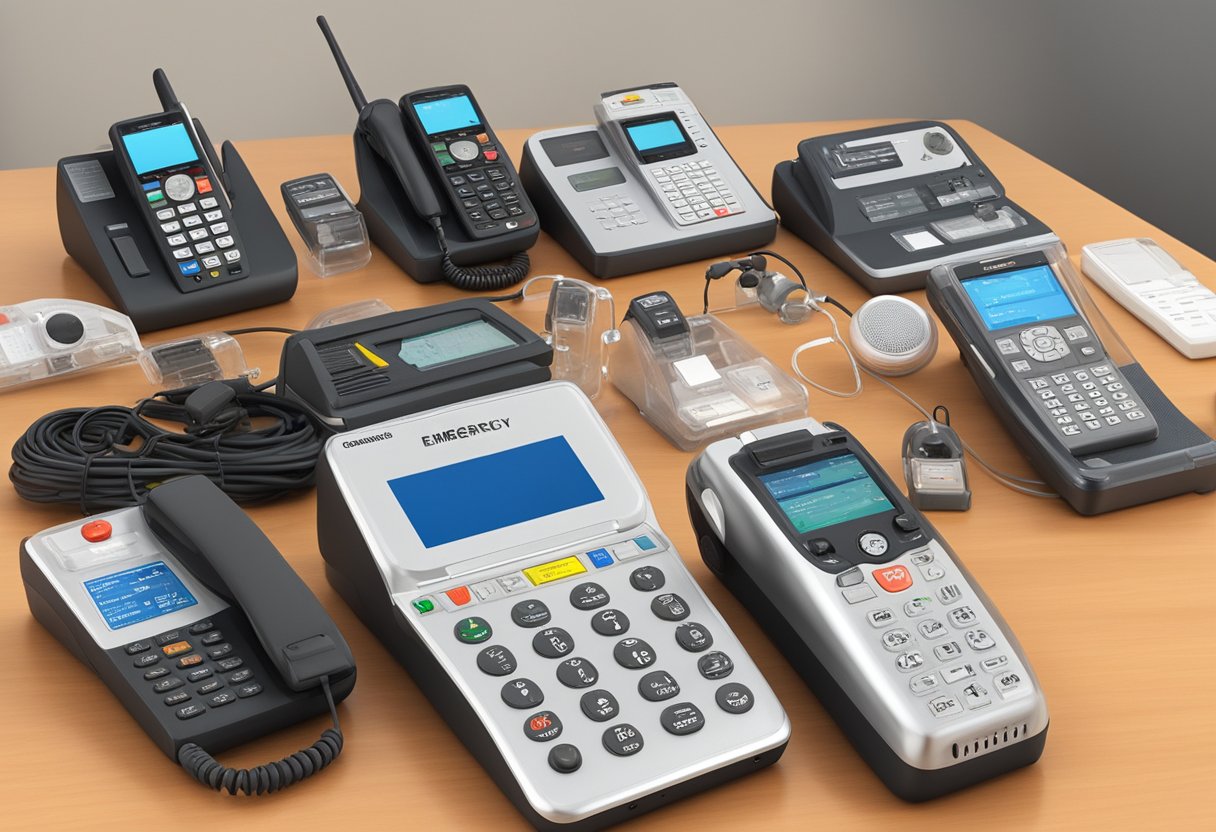
When selecting an emergency communication device, it's important to consider battery life, durability, portability, connectivity, global coverage, and ease of use. Each of these features ensures reliability during critical times.
Battery Life and Power Options
Battery life is crucial for emergency communication. Devices should have long-lasting batteries to maintain contact during extended outages. Some devices come with rechargeable batteries, while others use replaceable ones. Solar chargers, hand-crank options, and power-saving modes can be life-saving features. Additionally, devices with multiple charging options like USB ports provide flexibility in various emergency scenarios.
Durability and Portability
Durability and portability ensure a device can withstand challenging conditions. Look for devices that are waterproof, shock-resistant, and dustproof. Military-grade materials often provide the best protection. Compact and lightweight designs make it easier to carry the device during evacuations or long travels. Portability combined with sturdiness ensures the equipment remains functional regardless of the environment.
Connectivity and Global Coverage
Being able to connect in remote areas is essential. Devices like satellite phones and satellite messengers provide extensive global coverage, delivering connectivity where traditional cell towers fail. Access to the internet and other communication networks ensures information and rescue coordination. Two-way radios and HAM radios are reliable in direct communication within local ranges. Effective emergency devices should leverage multiple communication protocols, including GPS functionalities.
Ease of Use and Interfaces
Emergency communication devices should be simple to operate. User interfaces should be intuitive, with well-labeled buttons and clear instructions. Features like touchscreens, voice commands, and hand-free options simplify usage during stressful situations. Devices with multiple language support cater to diverse users. Easy-to-navigate menus and quick-access buttons ensure swift communication when every second counts.
Emergency Communication in Different Scenarios

Effective emergency communication varies depending on the context. Whether facing natural disasters, wilderness adventures, or urban emergencies, the right tools can make a significant difference in safety and response.
Natural Disasters and Severe Weather
During natural disasters like earthquakes and hurricanes, communication is critical. Cellular networks might become unreliable, so having a satellite phone is valuable.
Emergency radios can provide updates and important information when other systems fail. Additionally, HAM radios can connect with local emergency services. For families, two-way radios can help members stay in touch if separated. Text messages might work even when voice calls don’t, but be aware that cell towers can be affected by severe weather.
Backcountry and Wilderness Adventures
When venturing into the backcountry, having a GPS device is crucial for navigation and communication. Satellite messengers allow you to send SOS signals and communicate in areas without cell service.
Two-way radios are useful for communicating with your group. In remote areas, emergency beacons can alert rescue teams to your location. While modern smartwatches offer some communication features, they should not be your primary device in the wilderness.
Urban Emergencies and Blackouts
In urban settings, blackouts can disable landlines and internet services. Cellular networks might still work, but congestion can make communication difficult.
- Portable power banks are essential to keep your devices charged.
- A battery-powered emergency radio ensures you receive vital information. CB radios can be useful for local communication if networks fail.
- Walkie-talkies are helpful for short-range communication among family or neighbors. Having a clear emergency plan and designated communication methods will help everyone stay connected during a blackout.
Using the right device for the situation improves safety and ensures better coordination during emergencies. Understanding the strengths and limitations of each tool is key to choosing the best one for each scenario.
Choosing the Right Device

When selecting an emergency communication device, it's key to consider the specific needs and circumstances. Different situations call for different features, so understanding these factors is crucial.
Factors to Consider for Device Selection
Range: The distance the device can cover is vital. For instance, two-way radios are great for short-range communication, often ideal for local emergencies. On the other hand, satellite phones provide global coverage, which is essential for remote areas.
Portability: How easy is it to carry the device? Smaller devices like personal locator beacons (PLBs) or satellite messengers are highly portable and convenient for individuals on the move. Larger devices may offer more features but can be cumbersome.
Affordability: Budget can be a significant factor. Basic two-way radios are often more affordable. Satellite phones and advanced devices may come with higher upfront costs and possibly monthly service fees. It's important to weigh the costs against the needs.
Power Source: Consider how the device is powered. Some use replaceable batteries, while others have rechargeable batteries. Solar-powered options are available too, which can be useful during prolonged outdoor use.
Ease of Use: In an emergency, simplicity can be critical. Devices with straightforward interfaces and clear instructions are preferred. Training may be required for more complex devices like certain emergency radios or communication systems.
Recommendations Based on Use Case
Local Emergencies: For situations close to home, like power outages or local disasters, two-way radios are practical. They are affordable, portable, and easy to use. Their range is suitable for neighborhood communication.
Wilderness and Remote Adventures: Personal locator beacons (PLBs) and satellite messengers are recommended. They combine portability with global reach, providing peace of mind in remote locations. While PLBs send distress signals to rescue services, satellite messengers can also send texts and location data.
Wide-Area or Global Communication: For extended travel or areas without cell service, satellite phones are the go-to option. They offer reliable communication almost anywhere on the planet, though they can be costly and might require a subscription service.
Urban Settings and Evacuations: Mobile apps designed for emergency alerts can be handy in urban settings. These apps often work with existing smartphones and can provide real-time updates and communication during crises.
Consider these factors and use cases carefully to ensure the choice of device meets specific needs efficiently.
Operational Best Practices
Proper handling and maintenance of emergency communication devices can save lives. Equally important is ensuring that communication plans are well developed and updated regularly to effectively manage emergencies.
Regular Testing and Maintenance
Regular Testing: Emergency communication devices must be tested frequently to ensure they work properly when needed. Regular checks can help identify potential issues before they become critical.
Maintenance: Just like any technical device, upkeep is essential. Batteries should be replaced on a schedule, software should be updated, and hardware should be inspected for wear and tear. Routine maintenance ensures devices stay reliable.
Recording Results: Keeping detailed records of tests and maintenance activities helps track device performance and identify recurring issues. This information can be used to make informed decisions on equipment upgrades or replacements.
Emergency Communication Plan Development
Plan Creation: Developing a comprehensive emergency communication plan is crucial. This plan should outline the procedures for using communication devices during emergencies, detailing who is responsible for each step.
Updates: An effective plan must be kept current. Regular reviews and updates are crucial to account for new technologies and changing organizational structures.
Notifications: The plan should include clear guidelines on how and when to send emergency notifications. This ensures that all stakeholders receive timely and accurate information.
Training: Regular training sessions ensure that all personnel know how to execute the communication plan. Simulated exercises can help staff practice their roles and refine the plan.
Legal Aspects and Frequency Regulations
Emergency communication devices must follow specific legal and regulatory guidelines to ensure they operate effectively and within the law. This includes requirements for licensing and recognizing jurisdictional boundaries.
Licensing for Radios and Frequency Use
Most emergency communication devices require a license to operate on designated frequencies. Ham radios and CB radios typically need operators to pass exams and obtain a license from the Federal Communications Commission (FCC). These licenses regulate usage and prevent interference.
In public safety, frequencies such as the 800 MHz band (806-824 MHz and 851-869 MHz) are often used. Proper licensing also helps to manage Radio Frequency (RF) interference, ensuring clear communication during emergencies. Organizations must comply with these requirements to maintain reliable and lawful communication systems.
Jurisdictional Considerations
Jurisdictional considerations impact how and where emergency communication devices can be used. Different states like California and Florida may have unique regulations, especially for public safety and first responders.
Federal guidelines, such as those from the National Telecommunications and Information Administration (NTIA), govern how frequencies are assigned and used across states. Compliance with these rules is crucial for avoiding legal issues and ensuring seamless interoperability between jurisdictions in times of crisis.
Innovations and Future Trends
Innovations in emergency communication devices are constantly evolving, with a significant focus on advancements in radio technology and the integration of smart technologies. These developments aim to enhance the efficiency and reliability of communication systems, ensuring quick and effective responses during emergencies.
Advancements in Radio Technology
Modern radio technology has significantly evolved, providing enhanced capabilities for emergency communication. Advanced digital radios now offer better clarity, broader coverage, and more secure communication channels. Technologies like Software-Defined Radio (SDR) and digital modulation are crucial.
SDR allows radios to switch frequencies and protocols dynamically, offering flexibility in various scenarios. Digital modulation improves voice and data clarity, minimizing interference and ensuring messages are clearly received. With the integration of satellite communication systems from providers like Iridium, Inmarsat, and Globalstar, there's an added layer of global coverage, crucial for remote or disaster-stricken areas.
Overall, these advancements allow for seamless, reliable communication, vital for coordinating emergency response efforts effectively.
Integration with Smart Technologies
Emergency communication devices are increasingly integrated with smart technologies to provide more robust and comprehensive solutions. Mobile applications and IoT devices are becoming prominent, offering real-time data and automated alerts. This integration allows for detailed monitoring and quick response.
For instance, systems like FirstNet and Next Generation 9-1-1 (NG9-1-1) use smart technology to improve situational awareness. FirstNet provides a dedicated network for first responders, ensuring uninterrupted communication. IoT devices, such as smart sensors and wearables, can collect data and send alerts automatically, enhancing response accuracy.
Smart technology integration ensures emergency communication systems are versatile and adaptive, offering advanced features like location tracking and status updates, which are critical during emergencies.


